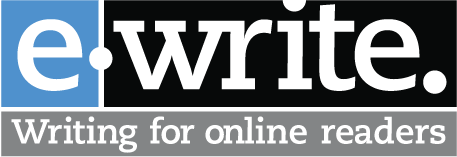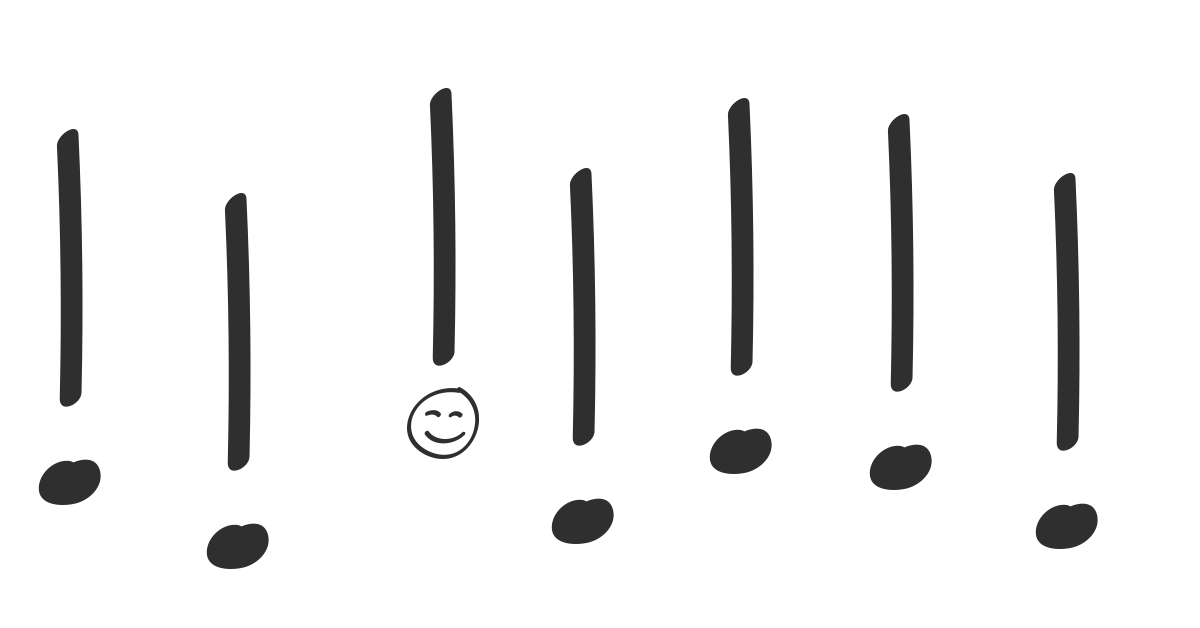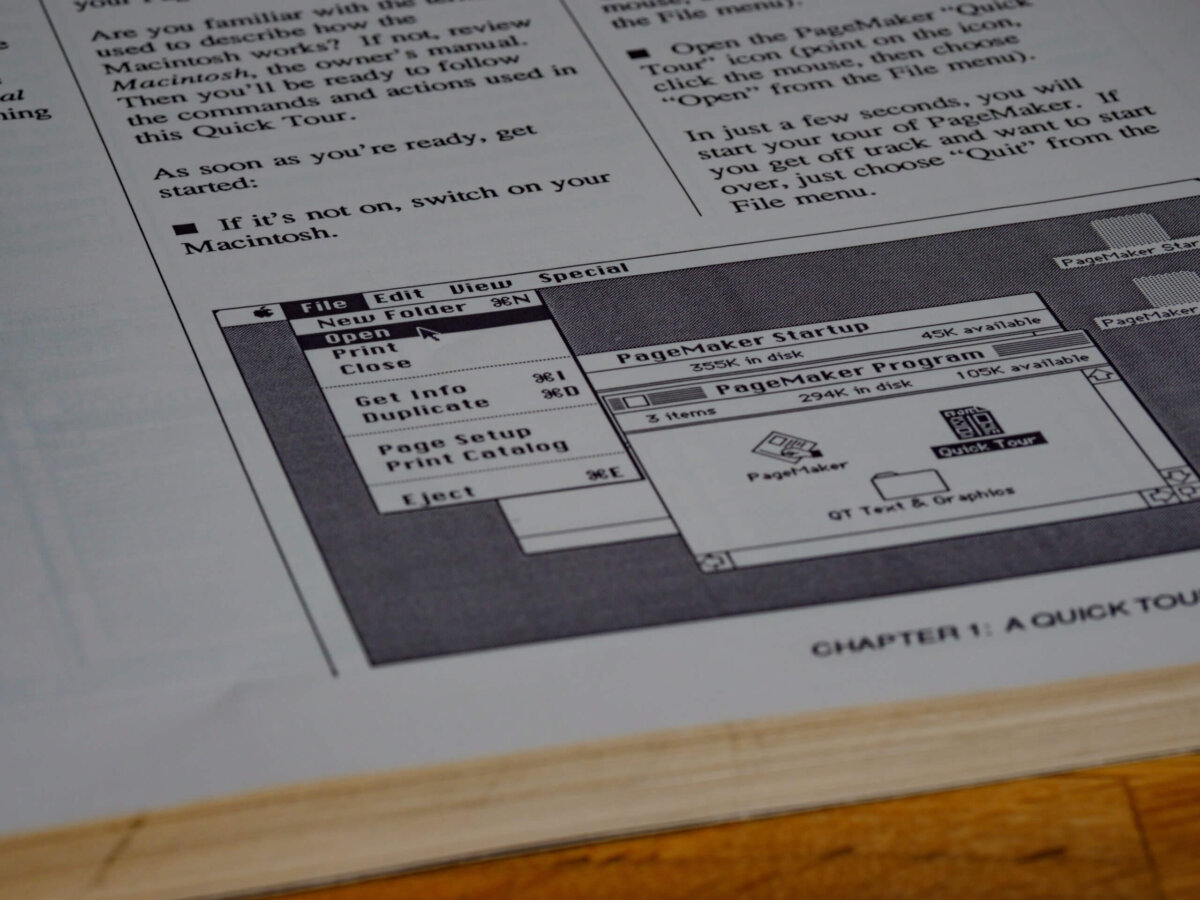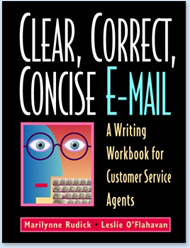When USA Today popularized the use of bulleted lists in the early 1980s, I was not a fan. I railed about the newspaper reducing everything—no matter how complex—to a set of bullet points. What I saw then as a vice, I later realized was a virtue. Bullets let a writer simplify information and present it in a format that makes it easy for a reader to grasp, and in the case of online information, easy to scan.
But as common as bulleted lists have become, there’s little agreement on how to punctuate them. Whether I’m teaching or editing, one of the questions I am most frequently asked is “What do you put at the end of a bulleted item: comma, semi-colon, period, nothing at all?”
There are no hard-and-fast rules about punctuating bulleted lists. It’s a matter of style. I prefer minimal punctuation. That’s because punctuation’s primary purpose is to provide signposts that tell the reader the relationship of words to each other.
In the World Before Bullets, lists were integrated into the text and required a lot of punctuation. Here’s an example:
A clear mission statement can help your organization operate most effectively in several ways: ensuring that you are always operating in the public interest; providing focus for your activities, plans and resource allocation; building cohesion within your board and staff.
Presented this way, the list relies on semicolons to tell you where each item ends and the next begins. Semicolons are necessary to avoid confusion because commas are used internally within an item.
But bulleted lists show you where the item begins and ends. The same list looks like this in a bulleted format:
A clear mission statement can help your organization operate most effectively in several ways:
- ensuring that you are always operating in the public interest
- providing focus for your activities, plans, and resource allocation
- building cohesion within your board and staff
The semicolons at the end of each item are redundant because the bullet format already shows where an item begins and ends.
The only time I use end punctuation in a list is when the items are complete sentences. In this case, periods or question marks emphasize that the listed items are complete thoughts and stand alone.
In your grant application, tell us about your program:
- Describe your program plans.
- Explain how you will use grant funds.
- Give a time-frame for project completion.
Another conundrum list writers face: how do you punctuate the statement that introduces the list? For the most part, I introduce a list with a full sentence and use a colon as the end punctuation. (In your grant application, tell us about your program:)
But sometimes a complete sentence seems awkward or wordy. If the list is introduced by a phrase or clause—not a sentence—I use no punctuation.
Your emergency kit should include
- water
- duct tape
- canned foods
Punctuating bulleted lists becomes easier if you think about the list from your reader’s point of view. What signposts (punctuation) does the reader need to navigate the list?
Is that all there is to writing reader-friendly lists? Not quite. Coming soon: How and why to make your lists parallel. (And what does parallel mean?)
— Marilynne Rudick (guest blogger)
Tags: Bulleted lists








I think it depends what sort of document you are writing. If I am giving a presentation on PowerPoint then I would only use a minimal amount of punctuation. Whereas, if I am writing an already complicated technical report, then I would use much more punctuation.
The aspect on how to punctuate the statement introducing the list is very helpful. Thanks.